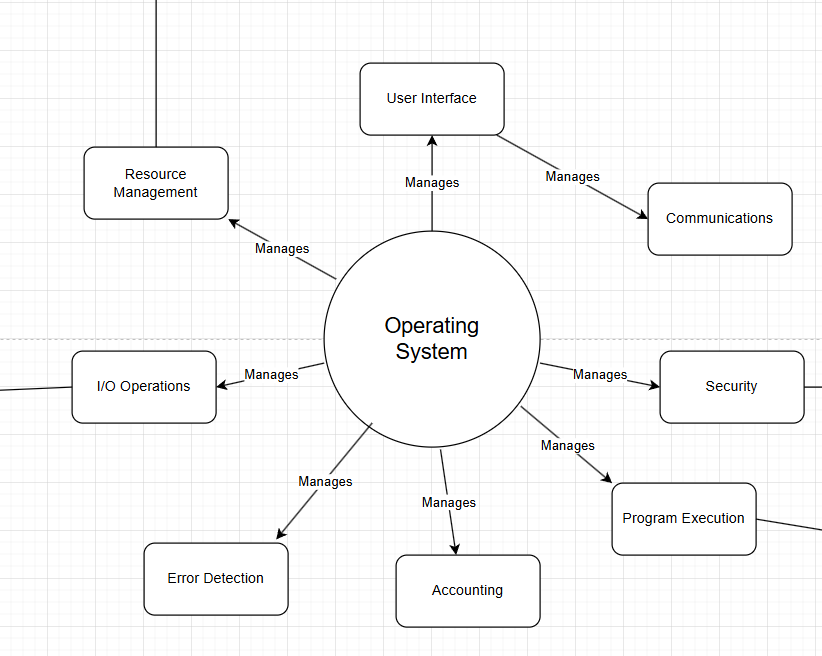Operating Systems
Information technology without operating systems would be like a human body without a brain. It just would not be able to function. Sure, you can have all the required parts lined up, but without the brain to function, it will be lifeless. That is exactly what an operating system is to a computer, which means it is inherently important to information technology as a whole. It embodies the idea of information technology, the ability to choose and customize while having hard-set rules to follow. Only operating systems have as much power over whether or not you can do something other than maybe the power to the computer.
In the earliest times of computers, they actually did not have operating systems. Each part had to be connected manually, making it tremendously slower than modern computers. It could only run one job at a time and would not be improved for about a decade. The big transition was in the 1960s when it was enhanced to the point that computers could run multiple jobs at once with the help of an input/output control system (IOCS). These were the rudimentary operating systems.
During these early times, a major flaw was discovered. “As more and more data started to be transmitted through the communication lines, they became more and more vulnerable to interception and unauthorized access.” (Moumina, 2001). This required the users to create a strategy to combat potential security threats. “Encryption received much attention – it became necessary to encode proprietary or private data so that even if the data were compromised, it was not of any value to anyone other than the intended receivers.” (Moumina, 2001). This led to the creation of a stronger, more secure operating system.
The hardware that is required to have an operating system is the random access memory (RAM). It is run alongside any programs that are running and is used to keep the system going. It will be automatically booted up whenever the computer is run, as long as it is downloaded there. It functions much like any computer program but with a much larger scope of control on your computer.
The coding required to create an operating system is generally quite complex. It has to be a high-level programming language such as C, C+, or Python to be able to create such a complex program. It will also require an assembly language used to communicate between all the processes throughout the computer. It can end up being hundreds, if not thousands, of lines of code.
The relationship between an operating system and application software has many similarities but also many differences. Application software is software designed to do specific tasks. It generally only performs a single task, unlike an operating system that completes a multitude. Because of this, though, they can be highly specialized to complete that specific goal. If you need something particular done, application software is the way to go over an operating system.
A significant connection that the operating system has is to the database of the computer. A database manager is used to access and sort through the computer’s database. It is described as “a computer program, or a set of computer programs, that provide basic database management functionalities including creation and maintenance of databases. Database managers have several capabilities, including the ability to back up and restore, attach and detach, create, clone, delete and rename the databases.” (Rouse,2011). Both are major functions of a computer and often communicate with each other depending on how the user is trying to access their files.
References
Moumina, A. (2001). History of operating systems.
Rouse, M. (2011). Database Manager.


No comments:
Post a Comment